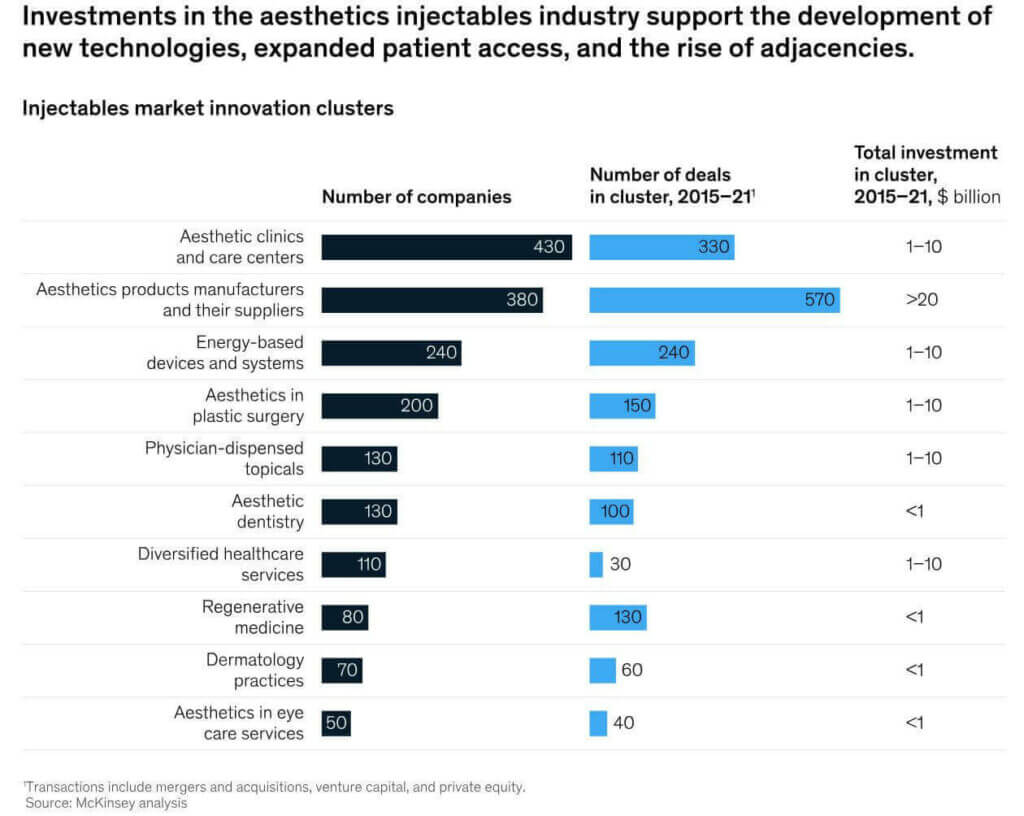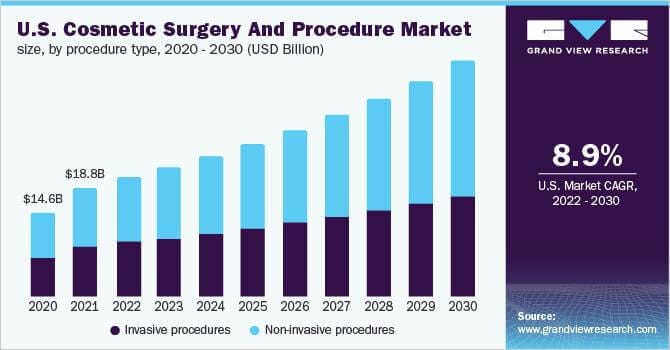- Home
- Membership
Join Today
Who We Support
Members & Corporate Partners
Membership Benefits
- Experience
Content Series
- Advocacy
- Featured Content
- SCALE Healthcare
- About Us
Partner with SCALE
- Home
- Membership
Join Today
Who We Support
Members & Corporate Partners
Membership Benefits
- Experience
Content Series
- Advocacy
- Featured Content
- SCALE Healthcare
- About Us
Partner with SCALE


